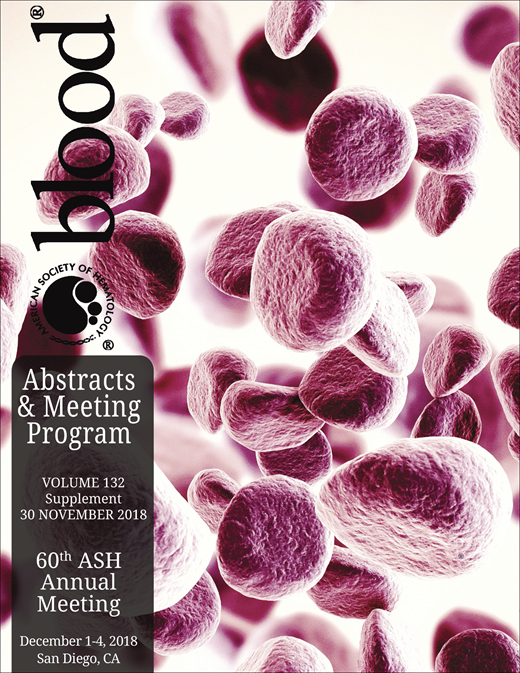Abstract
Introduction: Hereditary hemochromatosis (HH) is a genetic disorder that results in an increased accumulation of dietary iron. The only effective treatment is iron depletion by phlebotomy or erytrocytapheresis (EA). The kinetics of iron depletion in response to these treatments has been little studied and its temporal profile and the influence of patient's factors are not fully known.
Objective: To describe the kinetics of iron depletion in patients with HH on phlebotomy or EA.
Material and methods: Patients in depletive treatment with phlebotomy (once per week) or EA (one every two weeks) were selected for this study if they had no associated inflammatory disorder, at least 3 ferritin determinations were available during treatment, and more than 70% of the established therapeutic schedule was fulfilled. The average reduction of serum ferritin was measured in ng/ml per ml of red blood cells (RBC) removed per Kg of patient's body weight, and was analyzed as natural logarithms (ln). Categorical variables were expressed as proportions and continuous variables, as median and interquartile range (IQR).
Results: Median age of the 34 included patients was 51 (44-58) years and 32 (94%) were men. Initial and final ferritin values were 1035 (IQR: 777-1564) ng/ml and 83 (IQR: 50-123) ng/ml, respectively. Transaminase levels were high (ALT> 50 U/L) in 9 patients, and 2 of them had been diagnosed with liver cirrhosis secondary to HH. With regard to genotype, 27 patients were C282Y homozygous, 4 were compound heterozygous (C282Y/H63D), 1 had a TFR2 mutation, and no mutation was found in 2. The average reduction of serum ferritin was 1.04 (IQR: 1.03-1.05) ng/mL per mL of removed RBCs/Kg of patient's body weight. Figure 1 shows the mathematical expression that best described the kinetics of serum ferritin.
The rate of serum ferritin reduction, as measured by this mathematical expression, was independent of the initial ferritin level, the total reduction of ferritin, the presence of high transaminase levels or cirrhosis, as well as the patient's age and body mass index. In contrast, the rate of ferritin reduction varied with the genotype; it was significantly lower in patients homozygous for the C282Y mutation than in patients with other genotypes (median: 1.03, IQR: 1.02-1.05 vs. 1.07, IQR: 1.06-1.11 ng/mL per mL of removed RBCs/Kg; p < 0.001; figure 2).
Conclusions: In patients with HH and good adhesion to the therapeutic schedule, the reduction of serum ferritin is predictable as a function of the volume of removed RBCs and the patient's weight. Patients homozygous for the C282Y mutation have a slower kinetics of iron depletion.
No relevant conflicts of interest to declare.
Author notes
Asterisk with author names denotes non-ASH members.


